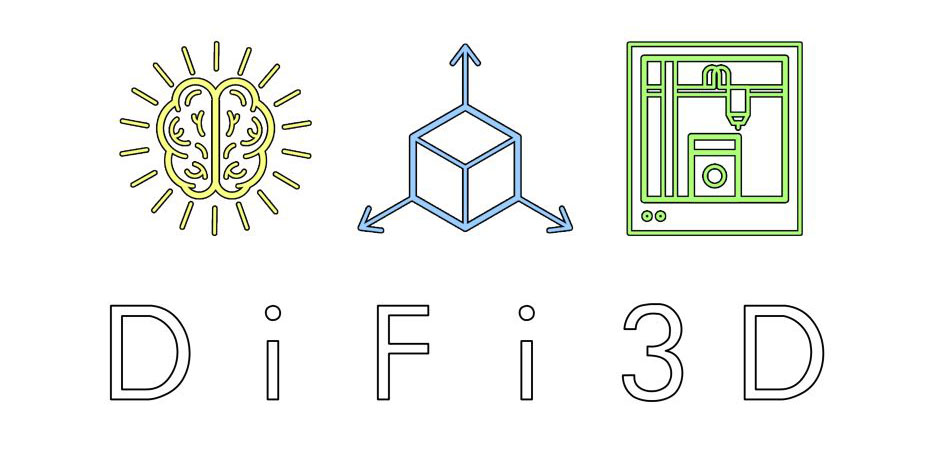
The Heart of a Teacher: Eric Haddad of Dimensional Fidelity on How to Get the Most Out of the Engineer-Client Relationship
Finding and hiring an engineer for design for manufacturing can be challenging. There are so many things that you—the product developer/inventor—and the engineer have to get right. Every product needs to hit the sweet spot, at the intersection of “looks great,” “works great,” and “can be produced efficiently.”


Eric decided to redesign the product with snaps so that it wouldn’t require sonic welding and would save the client and us, the manufacturers, a lot of work.
In my experience these interactions between design for manufacturing engineers and manufacturers don’t always go as smoothly. Eric’s focus on communicating clearly with me and on developing the engineer-manufacturer relationship was the difference. The client benefited with a clear and easy path to getting her product made, and both Eric and I felt confident that we could make this product the way we said we would and within our promised time frame.
I asked Eric to share his ideas about how to work with a design engineer to make it a great experience for everyone involved. Enjoy!
Jason: Can you tell me what you do and what your specialties are?
Eric: I am the owner and Chief Problem Solver at Dimensional Fidelity. Difi’s mission is to help individual inventors, start-ups, and small 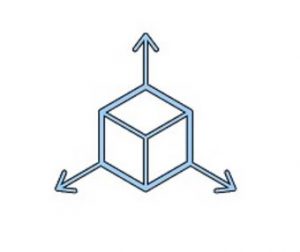

Jason: When is an independent product developer not ready to hire a designer or engineer for design for manufacturing (DFM)?
Eric: Many inventors or product developers have come to me with nothing but an idea in their head. If they haven’t done some initial market research and drawn up simple sketches of their idea, they should probably hold off on spending the time and money involved with hiring a design engineer.
Jason: What are some basic things you need from developers to get started?
Eric: Typically, all I need to get started are a few sketches of the product with some relative dimensions. That doesn’t mean a developer 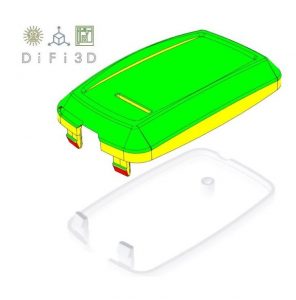

Jason: What is the difference between an engineer and an industrial designer?
Eric: An industrial designer typically focuses on the aesthetics and usability of a product. In other words, they focus on things like colors, textures, ergonomics, and the target user’s potential experience when using the product. While industrial designers do have some training in different manufacturing processes, manufacturability is not necessarily their expertise. An engineer, on the other hand, is 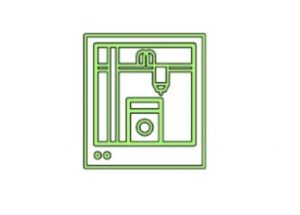

Jason: What are some important questions that developers should ask when hiring a designer or engineer for design for manufacturing?
Eric: When looking to hire a freelance engineer/designer or an engineering service provider, take a look at their website for examples of
past work. If he/she doesn’t have a website, definitely ask to see some images of past design work and discuss his/her experience with designing for manufacturability. You’ll also want to be clear on how the typical CAD process works, as many engineers work differently. For example, will they quote a full project or just bill hourly? Are you required to pay invoices up front or at the completion of the project? Nine times out of ten CAD development requires several iterations. Are iterations built into the quote or will that be requoted as CAD changes are needed? What are the final deliverables?
Jason: What makes a good engineer or designer stand out from the rest?
Eric: In my opinion, the most important quality you want to look for in an engineer or designer is whether they have the heart of a teacher. 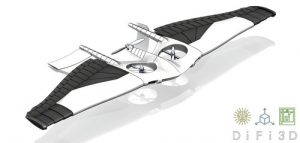

Jason: What are some critical mistakes that you have seen product developers make?
Eric: One of the biggest mistakes I’ve seen product developers make repeatedly is not being clear on the time and money required to take a new product to market. I’ve had a few clients take their idea through the prototyping phase only to have sticker shock when looking 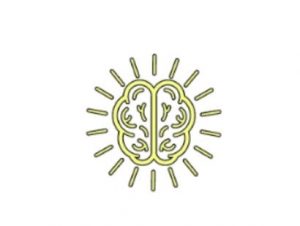

Another critical mistake is worrying about patenting their designs too early in the process. I’ve had several clients spend time and money working on a patent before they even have initial CAD developed or tested prototypes.
Jason: After a client has Design for Manufacturing (DFM), what are some challenges that your customers face when looking for manufacturers for their products?
Eric: The biggest challenge we’ve come across is finding a manufacturer that is willing to work with individual inventors, especially first timers, due to the fact that manufacturing quantities usually start out low. This is why I’ve been impressed with Aire Plastics. They are willing to work with my clients, and they focus on building a long-term relationship with clients.
Here are our top takeaways:
- Sketch out your ideas.
- Do basic market research.
- Do basic cost analysis for the manufacturing process your products will require.
- Get a talented design engineer like Eric, someone you can talk to and who is focused on the engineer-client experience.
We’ll definitely be keeping these tips in mind when working with product design engineers and hiring for design for manufacturing (DFM). I loved the part about the heart of a teacher. Keeping the lines of communication open between everyone involved in the process will help us all reach our common goal of seamlessly getting new products to market.
Our thanks to Eric Haddad!
Jason Post
Director of Sales and Marketing

